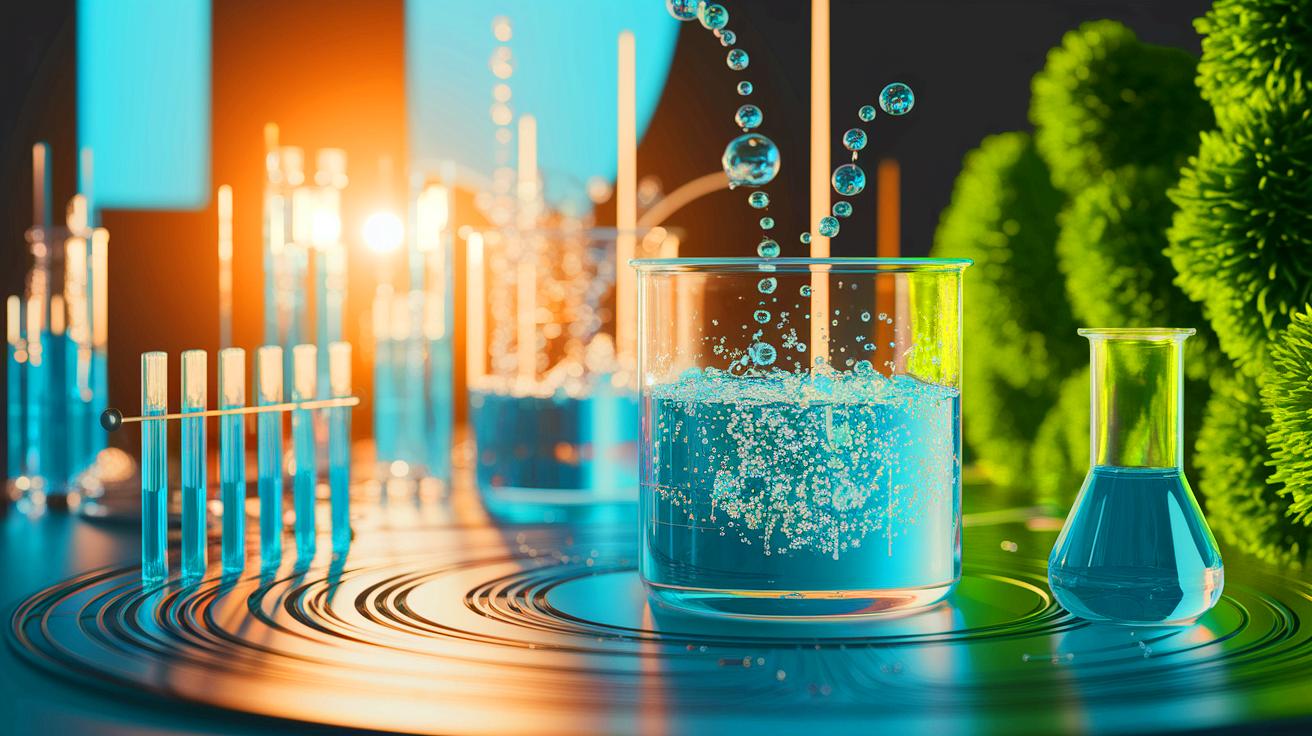Revolutionizing Clean Energy: University of Alberta's Breakthrough in Hydrogen Production
Key Ideas
- University of Alberta scientists developed a sunlight-driven method to split water into hydrogen and oxygen, offering a more sustainable alternative to fossil fuels.
- The technique uses abundant materials like carbon nitride and urea, minimizing energy loss and reducing reliance on expensive solar panels.
- One of the key advantages is the ability to capture diffuse sunlight and work on cloudy days, potentially leading to widespread adoption of hydrogen fuel within three to five years.
- This breakthrough holds significant promise for a cleaner energy future, accelerating the transition away from fossil fuels and reducing carbon emissions globally.
The University of Alberta has made a groundbreaking advancement in clean energy with a novel method to split water into hydrogen and oxygen using sunlight, urea, and nanowires. Led by Karthik Shankar, the team's approach leverages carbon nitride and titanium dioxide to prevent energy loss and facilitate efficient water-splitting. This innovation eliminates the need for costly solar panels, making hydrogen fuel production more sustainable. The technique's versatility in capturing diffuse sunlight offers environmental benefits and the potential for global energy independence. By utilizing materials like urea and exploring alternatives like melamine, this method could revolutionize the energy sector within the next few years. With the prospect of reshaping energy landscapes and promoting sustainability, this research marks a significant step towards a cleaner and more efficient energy future.
Topics
Power
Clean Energy
Technology
Innovation
Environment
Research
Energy Sector
Sustainable
Scientific Advancement
Latest News
